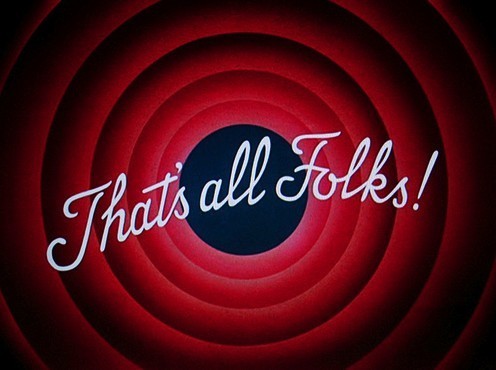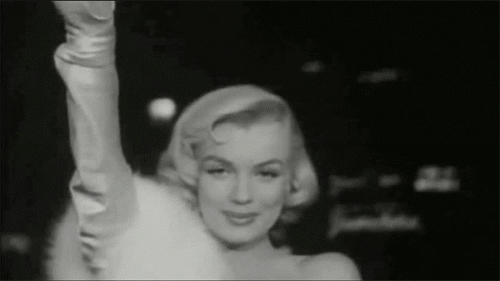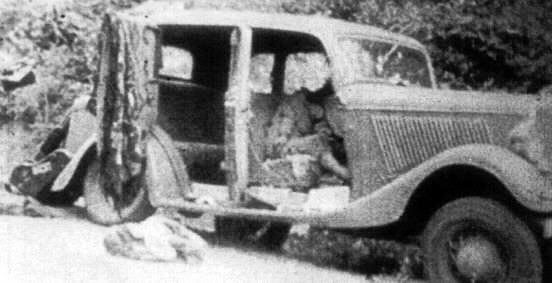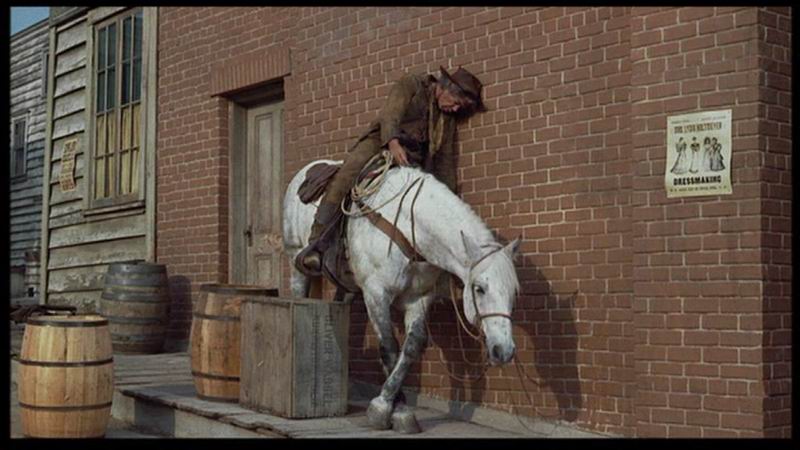
~~~~~~~~~~~~~~~~~~~~~~~~~~~~~~~~~~~~~~~~~~~~~~~~~~~~~~~~~~~~~~~~~~~~~~~~~~~~~~~~~~~~~~McKenna Ink Thesis Editing Service
To add your comments click here.

~~~~~~~~~~~~~~~~~~~~~~~~~~~~~~~~~~~~~~~~~~~~~~~~~~~~~~~~~~~~~~~~~~~~~~~~~~~~~~~~~~~~~~McKenna Ink Thesis Editing Service
~~~~~~~~~~~~~~~~~~~~~~~~~~~~~~~~~~~~~~~~~~~~~~~~~~~~~~~~~~~~~~~~~~~~~~~~~~~~~~~~~~~~~~
To add your comments click here.
Please copy and paste this into your Facebook status bar... If you know someone, or have been affected by someone who needs a punch in the face, this is an important message. People who need a punch in the face affect the lives of many. There is still no known cure for someone who deserves a punch in the face, except for a punch in the face. But we can still raise awareness!!
Happy (21st) Birthday (again) Britt Darough
in Canada's Queen City
Please copy and paste this into your Facebook status bar... If you know someone, or have been affected by someone who needs a punch in the face, this is an important message. People who need a punch in the face affect the lives of many. There is still no known cure for someone who deserves a punch in the face, except for a punch in the face. But we can still raise awareness!!
Happy (21st) Birthday (again) Britt Darough
in Canada's Queen City
Four "co-eds" (who are really between 25 & 30) from a fictional university in the midwest head to Fort Lauderdale, Florida for spring break (which is still called spring vacation in 1960). Apparently a wild spring break time in 1960 meant crowded beaches, public drunkenness, long discussions about sex while fending off the advances of young men, and doing the limbo.

The four girls rent a hotel room and set about finding boys - all except the one who seems to be named Merritt - although that name seems preposterous - who is brainy and wants to study. But of course she ends up meeting someone, it's a silly teen beach movie!
The girls have the cutest outfits, the cutest lines...
MERRITT: Okay, what happened to you?
MELANIE: I've been dining, I've been dancing, I've been drinking! Shh!
MERRITT: (to Tuggle) Put on some coffee, I'll get her things off.
MELANIE: Mair I've been drinking grasshoppers! Mair have you ever tasted a grasshopper?
MERRITT: Not intentionally, no.
MELANIE: No, Mair no, not a grasshopper that hops, Mair, a grasshopper in a glass that's green!
TUGGLE: You'll be green, too, in the morning.
The girls have the cutest outfits, the cutest lines...
MERRITT: Okay, what happened to you?
MELANIE: I've been dining, I've been dancing, I've been drinking! Shh!
MERRITT: (to Tuggle) Put on some coffee, I'll get her things off.
MELANIE: Mair I've been drinking grasshoppers! Mair have you ever tasted a grasshopper?
MERRITT: Not intentionally, no.
MELANIE: No, Mair no, not a grasshopper that hops, Mair, a grasshopper in a glass that's green!
TUGGLE: You'll be green, too, in the morning.
The upbeat story takes a dark turn towards the end that left me kind of green, myself. I started to give it three stars but I think that having date rape be part of a beach movie - with the message that you'll be ruined for life if you don't stay a virgin till you get a ring - is a little harsh, so I'm deducting a star.
Still, it's an entertaining look at what life might have looked like on the cusp of the sexual revolution when good girls were still supposed to be desperately trying to hold on to old-fashioned values against the turning tide and the evening's entertainment might include a live girl in a fish tank. How's a good girl to compete with a soaking wet dime-store version of Marilyn Monroe?
Two stars - might be persuaded to watch again...
Re-blogged from Amy's Classic Movie Blog
~~~~~~~~~~~~~~~~~~
The main focus of Where the Boys Are is the "coming of age" of four collegiate girls during spring vacation. Merritt Andrews (Dolores Hart), the smart and assertive leader of the quartet, expresses the opinion as the film opens that premarital sex might be okay. Her speech eventually inspires the insecure Melanie Tolman (Yvette Mimieux) to lose her virginity soon after the girls arrive in Ft. Lauderdale, Florida. Tuggle Carpenter (Paula Prentiss), on the other hand, seeks to be a "baby-making machine", lacking only the man to join her in marriage. Angie (Connie Francis in her first acting role) rounds out the group as a girl acting rather clumsily when it comes to romance.
The girls find their beliefs challenged throughout the film. Merritt meets the suave Ivy Leaguer Ryder Smith (George Hamilton) a Senior at Brown and realizes she's not ready for sex. Melanie discovers the boy from Yale she thought loved her was only using her. Tuggle quickly fixes her attention on the goofy TV Thompson (Jim Hutton) a Junior at Michigan State, but becomes disillusioned when he becomes enamored with the older woman Lola Fandango who works as a "mermaid" swimmer/dancer (Barbara Nichols). Angie stumbles into love with the eccentric jazz musician Basil (Frank Gorshin). Merritt, Tuggle and Angie's adolescent relationship angst quickly evaporates when they discover Melanie in a distressed state.
Although not mentioned directly, the set up of the scene in which Melanie leaves a motel, with a torn dress and in a serious state of shock, strongly suggests she was sexually assaulted. She ends up in the hospital.
Now sobered up from the spring break joy, the friends realize the potentially serious consequences of their physical actions and resolve to act in a more responsible, mature manner. The film ends on a melancholy note, with Melanie recovering in the hospital while Merritt looks after her, with promises to continue a long-distance relationship with Ryder.
George Hamilton, Connie Francis, Yvette Mimieux
Dolores Hart, Paula Prentiss
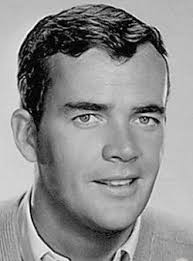
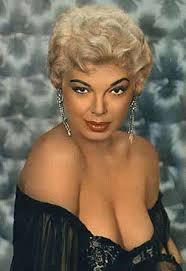
Jim Hutton, Barbara Nichols
Jim Hutton, Barbara Nichols

Surfer boys on the beach.
Cast
- Dolores Hart as Merritt Andrews
- Paula Prentiss as Tuggle Carpenter
- Yvette Mimieux as Melanie Tolman
- Connie Francis as Angie
- George Hamilton as Ryder Smith
- Jim Hutton as TV Thompson
- Frank Gorshin as Basil
- Chill Wills as Police Captain
- Barbara Nichols as Lola Fandango
What Ever Happened to Baby Jane? (1962)
I think it's time for me to see a really really old Bette Davis movie. Perhaps one where she's not made up to look like a psychopath or acting the part of a psychopath. Because as good as she is at being a psychopath (and I really think she's one of the best), I think she may have done other work. Or has she?




Anyways, I did have to see this movie. It's well-known, and I hadn't seen it yet. And I did enjoy it. It just makes me wonder what else Bette Davis can do. This film is as creepy as the Baby Jane doll in the above photo. For an even creepier photo, search for color shots of Bette Davis's make-up on the internet. Davis plays an aging child star stuck caring for her crippled former grown-up star sister (Joan Crawford). While Joan Crawford's character is entirely dependent on Baby Jane, she is also more than a little afraid of her and is working hard on a plan to sell the house and move, sending the wacky Baby Jane to a place where she can be cared for.

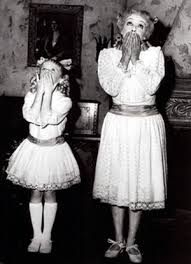 Unfortunately, Baby Jane is not as dumb as she is insane. When she figures out what her sister is trying to do, she doesn't approve. And people start dying. Re-blogged from Amy's Classic Movie Blog http://
Unfortunately, Baby Jane is not as dumb as she is insane. When she figures out what her sister is trying to do, she doesn't approve. And people start dying. Re-blogged from Amy's Classic Movie Blog http://

What Ever Happened to Baby Jane? is a 1962 American psychological thriller film produced and directed by Robert Aldrich, starring Bette Davis and Joan Crawford. The screenplay by Lukas Heller is based on the novel of the same name by Henry Farrell. In 2003, the character of Baby Jane Hudson was ranked #44 on the American Film Institute's list of the 50 Best Villains of American Cinema.
The movie opens in 1917. Baby Jane Hudson (Julie Allred) is a vaudevillian child star. She performs to adoring crowds, and there’s even a (rather expensive) “Baby Jane” doll. Jane is also a spoiled brat, and her doting stage father Ray (Dave Willock), gives in to her every whim. Her jealous sister Blanche (Gina Gillespie) watches from the wings.

The movie then jumps to 1935, and the sisters' roles are now reversed. Both are movie stars, but Blanche is the successful and glamorous one, while Jane’s films have flopped. Unable to establish her talent as an adult actress, Jane has taken to drinking. One night after a party, one of them is at the gate of her mansion while the other one, in her car, steps on the gas and smashes into the gate. It is intentionally unclear to the viewer which sister is driving at this point.
In the present, both Blanche (Joan Crawford) and Jane (Bette Davis) are now retired from their acting careers and living in their decrepit old mansion. Blanche is crippled from the automobile accident and is usually holed up in her bedroom watching her old movies on television. Jane is a shadow of her former self, still drinking and wearing caked on make-up. She is abusive towards her sister, who now depends on her. There are not many visitors at the house, except for their cleaning woman Elvira (Maidie Norman). Elvira fears for Blanche’s safety because of Jane’s erratic behaviour. She even tells Blanche that her sister has been opening her mail and dumping it in the trash. Later, when Jane finds out that Blanche intends to sell the house and put her in a sanatorium, she responds by increasing her abuse. Blanche’s beloved parakeet even disappears.
Meanwhile, Jane gets the urge to go back into show business. In the living room, she sings her signature song from when she was a little girl, “I’ve Written a Letter to Daddy.” But when she gets a look at herself in the mirror and sees what time and age has done to her, she screams. Hearing this, Blanche presses a buzzer in her room to see what has happened. Jane responds by cursing and ripping the phone out of the wall in Blanche’s bedroom. She brings Blanche her lunch, and Blanche finds out what happened to her parakeet in a shocking manner. Jane serves the dead bird to her in a covered dish. Blanche is so frightened she refuses to eat the food Jane brings her.
Jane is now planning a comeback. She drives out to the local newspaper to place an ad for a pianist. While she’s out, Blanche makes an attempt to get help. She writes a note on a piece of paper and throws it out of her window. A neighbour, Mrs. Bates (Anna Lee) is outside, but she doesn’t see it. Nor can Mrs. Bates hear Blanche, because her daughter Liza (played by Bette Davis’s daughter Barbara Merrill) is playing loud music. Jane arrives back at the house, and while she is talking to Mrs. Bates, she sees the note near her foot. She picks it up, and goes up to Blanche’s room where she mocks her by telling her that she will never leave the house. Then she drops the note in Blanche’s lap. Jane gets a response to her ad. An overweight man named Edwin Flagg (Victor Buono) makes an appointment to see her that afternoon. Jane gives Elvira the day off and brings Blanche her lunch.
Blanche lifts the cover off the dish to find a dead rat. This sends her into hysterics. Later, Edwin shows up at the house. While Jane is showing him a scrapbook of herself, Blanche activates the buzzer. Enraged, Jane goes upstairs where she rips the buzzer apart and smacks her sister. Back in the living room, Jane rehearses with Edwin at the piano. She does a grotesque version of “Daddy.” Edwin tries to hide his horror because he realizes he can take advantage of the situation. They agree to his salary and Jane drives him home. While she’s out, Blanche discovers that Jane has practiced forging her signature and is writing checks. She tries to get down the stairs to use the telephone. When she reaches the phone, she calls Jane’s doctor and tells him that she needs help.
Jane arrives back and finds Blanche talking to him. Blanche abruptly gets off the phone, and Jane beats her senseless, kicking her in the head and stomach. Disguising her voice as her sister’s, Jane picks up the phone and calls the doctor back. She tells him not to come because “Jane” has found another doctor. Then Jane drags her sister to her room, ties her up by her arms, gags her and leaves her there.
The next day, Elvira arrives to work. Jane tells her that her services are no longer needed and dismisses her. Jane then drives off to the bank to withdraw her sister’s money. Elvira pretends to get on a bus to go home. But instead she goes back to the house and finds that Blanche’s door has been locked. When Jane comes back, Elvira confronts her and demands the key to the room, and Jane gives it to her. As the maid enters the room and finds Blanche bound and gagged, Jane hits her on the head with a hammer and kills her. Then she puts the body in her car and disposes of it.
The police call the house and tell Jane that a relative of her maid has reported her missing. She tells them that she hasn’t seen her for a week. Jane prepares to leave with her sister, fearing the police will discover what she’s done.
Suddenly Edwin shows up to receive his first payment. Blanche is able to knock something down in her room and Edwin goes up and sees the condition she’s in. She begs for help, and Edwin runs out of the house to get the police. Desperate, Jane puts her sister in the car and drives to the beach. The next morning, the search is on for them. Elvira’s body has been found and there are bulletins on the radio. Blanche, starved and dehydrated, is lying on the sand with Jane sitting beside her.
Knowing that she is near death, Blanche tells Jane the truth about what happened years before. It was she, Blanche, who had tried to run over her drunken sister. Jane, however, had moved out of the way in time and Blanche had slammed into the gate and snapped her own spine, managing to drag herself out of the car. Because Jane was too drunk to realize what happened she has since believed she that was responsible for her sister’s condition. Jane pathetically asks, "You mean all this time we could have been friends?" With her mental condition completely deteriorated, Jane runs off to a beach-side concession booth to get ice-cream cones for the two of them.
The police arrive to find Jane as she dances on the sand, with a crowd surrounding her. Finally she again has the attention that she’s craved, and she dances, joyfully, happy at last in her decayed imagination. The police spot a motionless Blanche lying on the sand and hurry over to help her as the film ends. Whether Blanche has survived is not revealed.
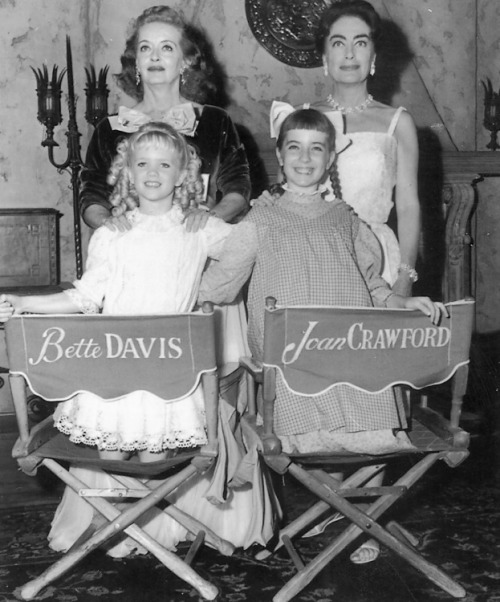
Bette Davis, Joan Crawford, Julie Allred & Gina Gillespie play Jane & Blanche Hudson
Production notes
The house used for the exterior of the Hudson mansion is located at 172 South McCadden Place in the Hancock Park section of Los Angeles. The final scene on the beach was shot in Malibu, reportedly the same site where Aldrich filmed the final scene of Kiss Me Deadly (1955).
The small role of the neighbor's daughter was played by Davis' daughter B.D. Merrill who, following in the footsteps of Crawford's daughter Christina, later wrote a memoir that depicted her mother in a very unfavorable light.
Before, during and after the film's making and release, there was heavy fighting between Davis and Crawford, which included Davis actually kicking Crawford in the head (she went for small stitches and Crawford putting weights in her clothes for the scene of Jane's dragging Blanche (Davis got muscular backache as a result. Not even director Aldrich could stop the fighting, which escalated in the coming months. At Oscar time, Crawford was infuriated when Davis was nominated for an Oscar and she was overlooked. She contacted the Best Actress nominees who were unable to attend the ceremonies and offered to accept the award on their behalf should they win. When Anne Bancroft was declared the winner for The Miracle Worker, Crawford triumphantly pushed her way past Davis saying "Step aside!", and swept onstage to pick up the trophy. Davis later commented, "It would have meant a million more dollars to our film if I had won. Joan was thrilled I hadn't."
The film's success led to the birth of the "psycho-biddy" sub-genre of horror/thriller films featuring psychotic older women. Among them Robert Aldrich's Hush... Hush, Sweet Charlotte and What Ever Happened to Aunt Alice?
From Wikipedia, the free encyclopedia
To add your comments click on Links to this post here or below. It will take you to a stand-alone copy of this page. There, you'll find the comments box, so feel free to let 'er rip.


